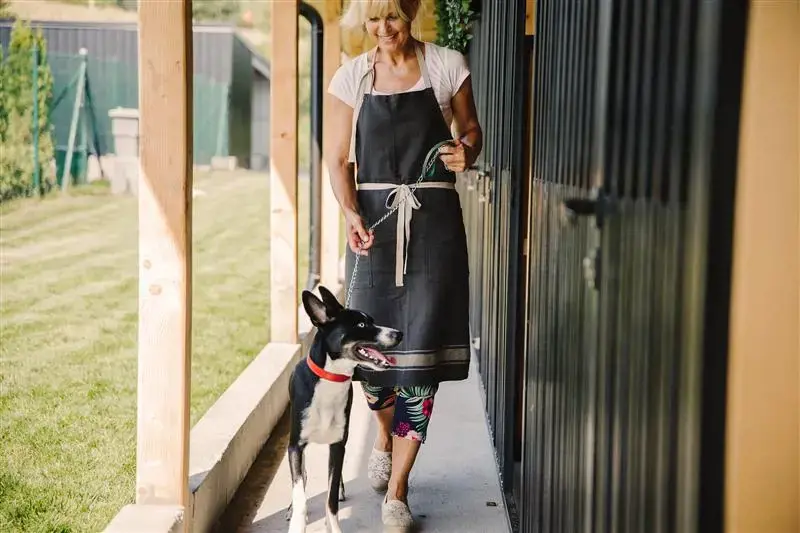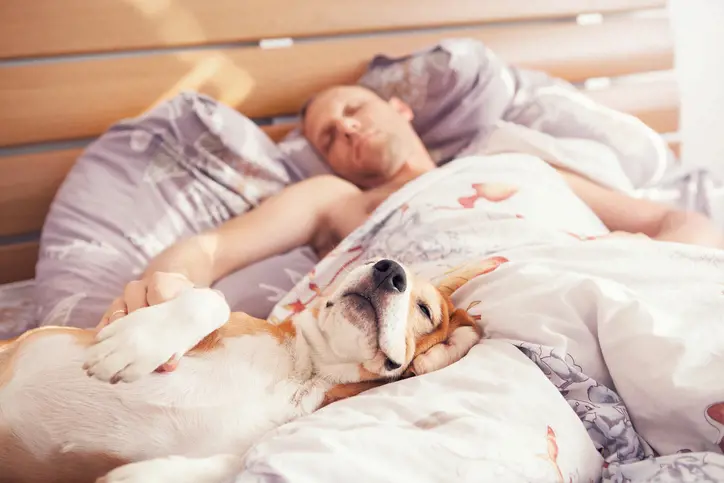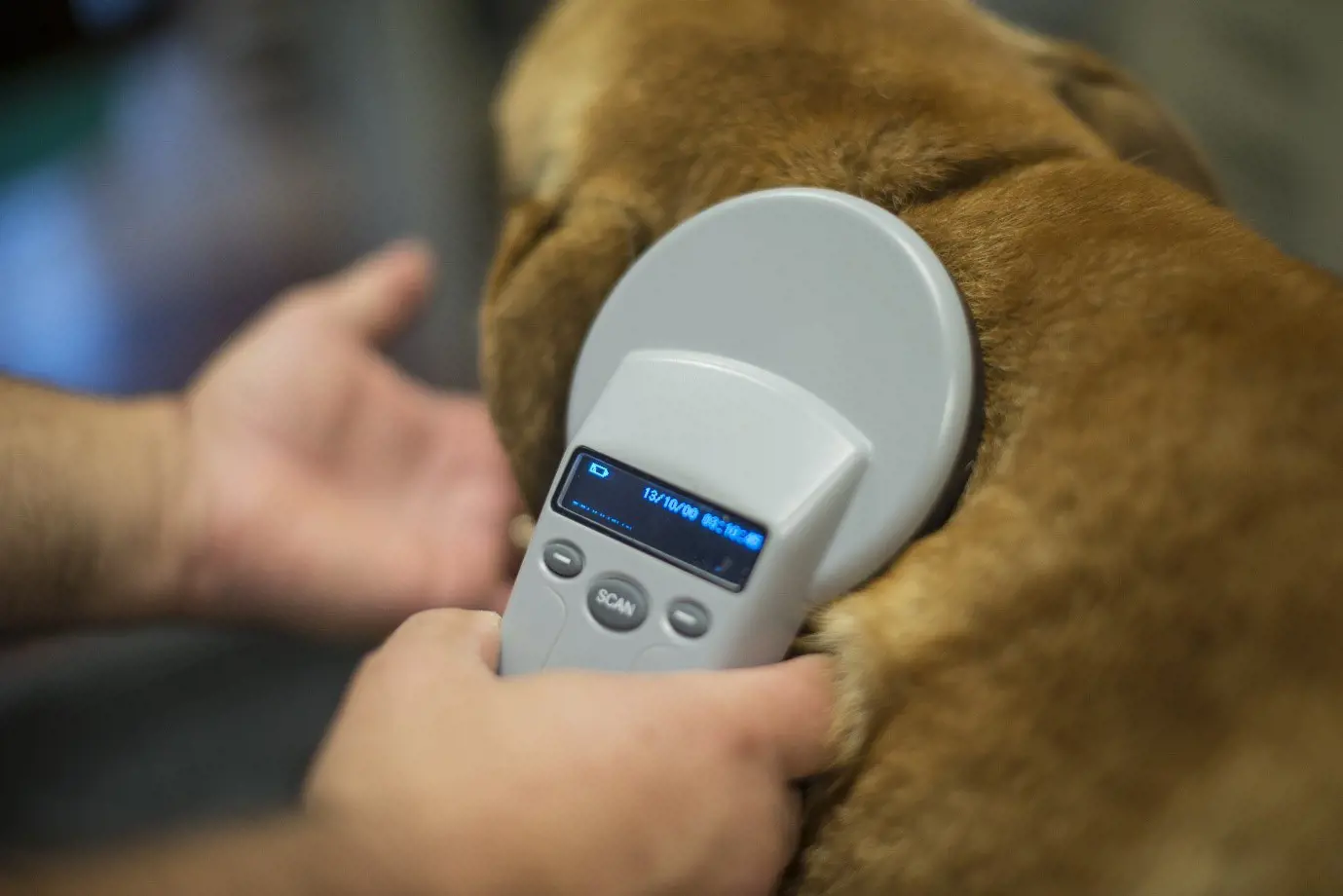How to protect your pet in a fire
14th May, 2021
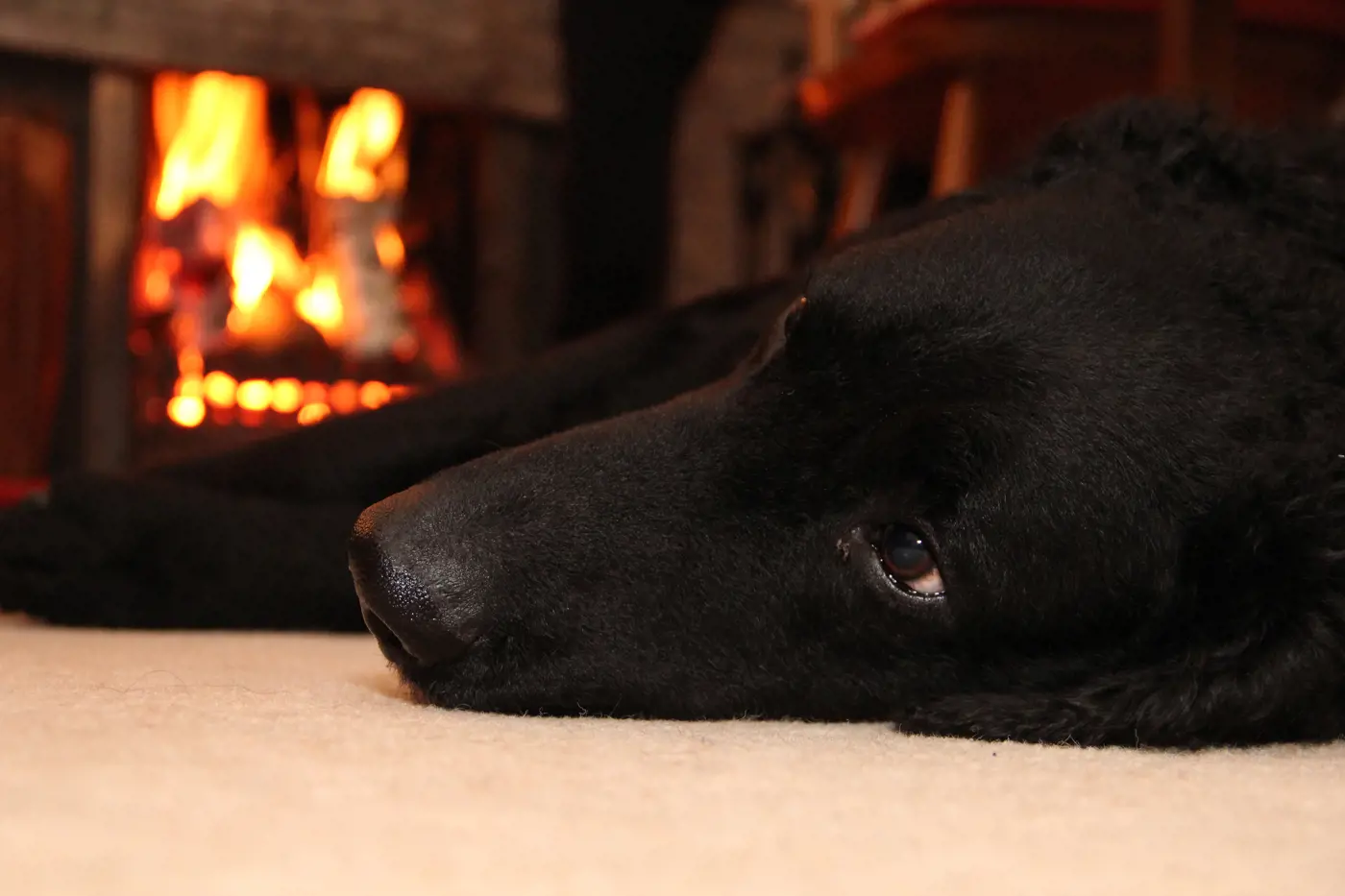
We would do everything we could to keep our families safe from the devastating impact of a fire. And we’d do exactly the same for our pets.
According to government data, UK fire services attended just under 28,000 house fires in the year to September 2020. Meanwhile, figures from the Pet Food Manufacturers’ Association, reveal there are an estimated 17 million households in the UK that own pets.
That’s a lot of fires, a lot of households and a whole lot of pets.
As a nation of fervent pet lovers, it’s only natural that we want to do everything we can to keep our beloved furry friends safe.
Not only does that mean securing the right level of pet insurance, it also means being well versed in fire safety.
So the question is: Are you doing enough to keep your pets protected in the event of a fire?
Making pet fire safety a priority
If you’re looking to make pet fire safety a priority for you and your pet, you’re in the right place.
First thing on your check list is a date for your diary. Pet Fire Safety Day takes place on 15th July each year. This annual event was created in the late 2000s and is designed to make pet owners more mindful of potential fire hazards around the home.
Pet Safety is designed to remind us all about the potential hazards in our homes and to start a conversation about how we can reduce the risk of would-be hazards turning into a real-life fire.
But you don’t need to wait until July to brush up on your fire safety tips. We’ve put together this guide to give you the lowdown on how to protect your home from fires caused by pets, how to create a pet fire safety plan, and tips on what you can do for your pet after a fire.
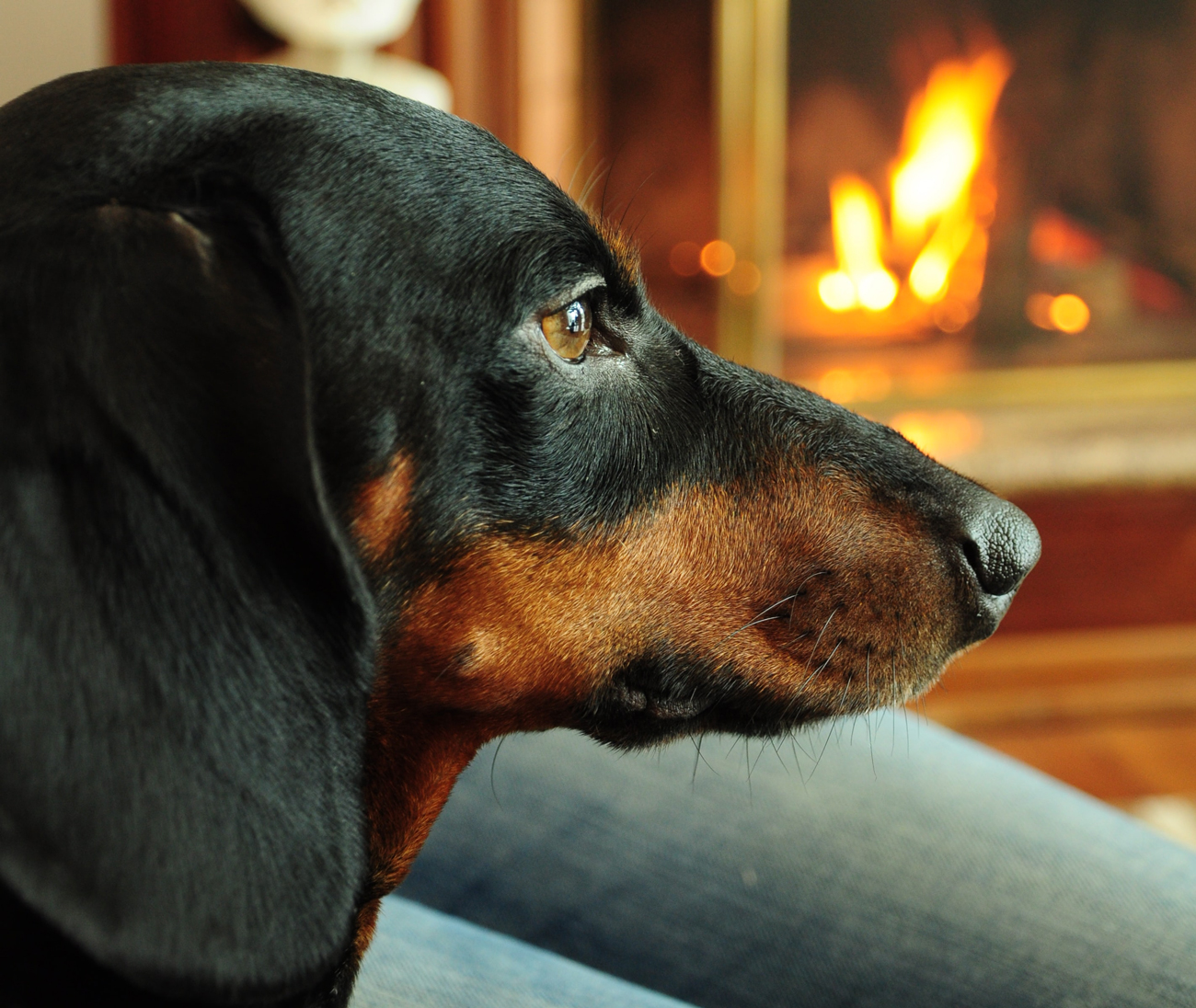
Why pets are four-legged fire hazards
Statistics reveal that on average, 500,000 pets are affected by fires each year. Unfortunately, 40,000 of those pets die as a result of smoke inhalation.
More worrying still is the fact that a proportion of those fires are caused by pets themselves.
That’s why so many pet owners have decided to take action.
Pet-proofing your home is just as important as child-proofing it. Animals are often curious by nature, which makes them loveable but also makes them a four-legged fire hazard. It is also proof as to why having pet insurance is so important.
Pets are more than capable of starting a fire accidentally. Dogs jumping onto hobs, cats knocking over candles – the list goes on.
Last year in Kent for example, two house fires were started by a dog and a cat less than a week apart from one another.
It’s enough to make a grown pet owner cry…
Tips on preventing fires caused by pets
But before anyone sheds any tears, let’s think about what we can do to stop potential fire hazards in their tracks.
The best way to deal with a pet fire crisis is to do everything you can to prevent it from happening in the first place.
Here are four fire prevention tips that will keep your home – and your pet – safe and out of harm’s way.
- Avoid open flames: A flickering candle creates a wonderful atmosphere in any home. But add a curious feline or a wagging canine tail into the mix and that candle instantly turns into a fire hazard. If you do light candles when a pet is around, never leave them unattended (the candle or your pet!). Even for a minute. Better still, you might want to invest in some flameless candles that feature bulbs rather than wicks. Much safer, and just as pretty.
- Use oven and hob protectors: Ovens and hobs can be real danger points when it comes to fires caused by pets. Whether it’s a stray paw knocking an oven knob or a hungry pup jumping up to reach leftovers from the hob, one wrong move can spell serious trouble. Covers will stop knobs and switches being turned on by accident and always make sure stovetops are kept clear of flammable items (and delicious leftover food).
- Keep fireplaces guarded: Forget the classic image of a dog sleeping in front of an open fire. Make sure fireplaces are covered with a fire guard and never leave a lit fire unattended when a pet is around.
- Secure wires, cords and cables: Cats and dogs are all prone to having a good old chew on exposed wires, especially when they’re young. And once they get a taste for that cable, they really don’t know when to stop. Make sure that lamps, chargers and other electrical items are secure and that any wires are bound against the wall or kept out of your pet’s reach.
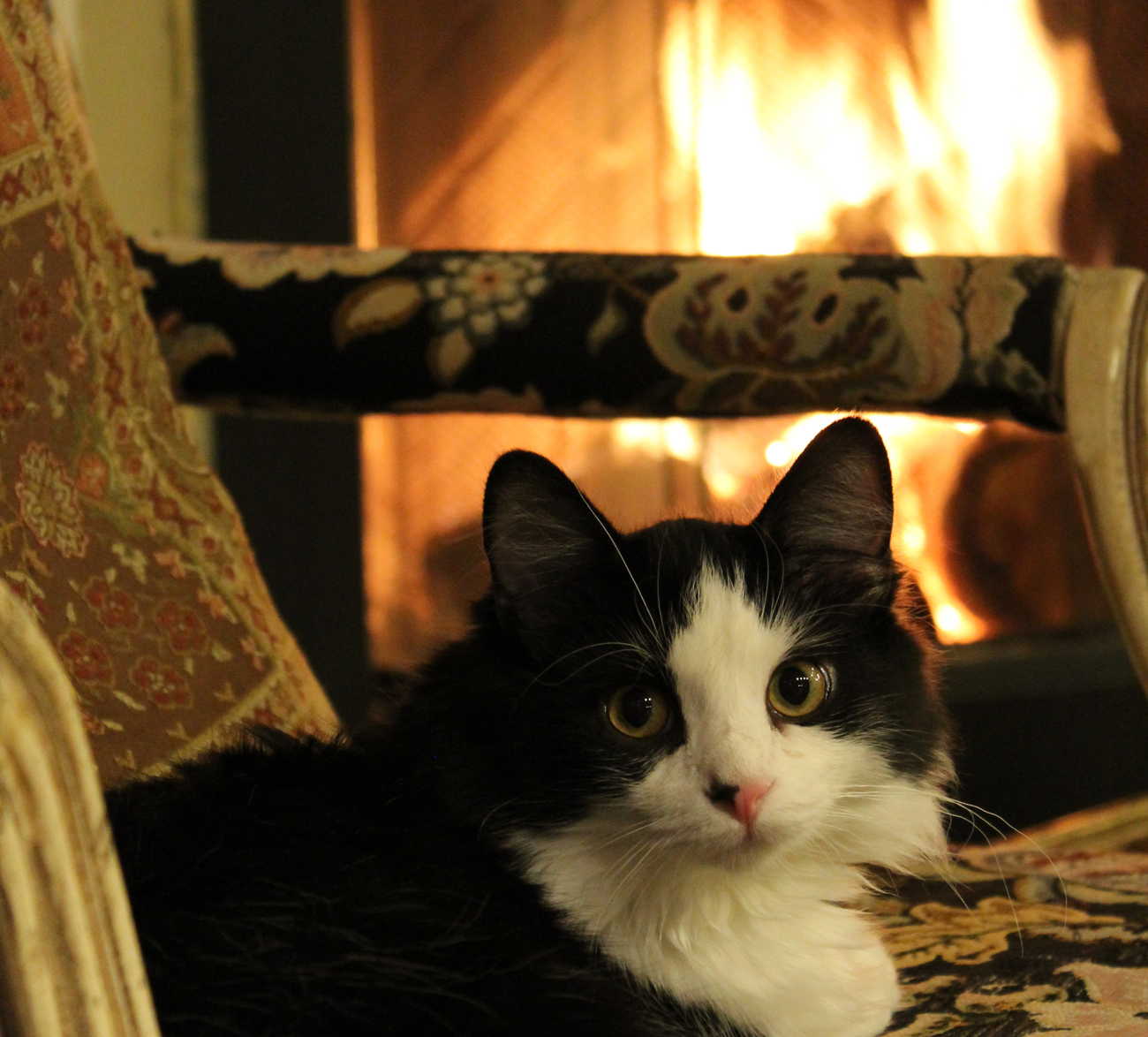
How to keep your pet safe
In an ideal world, you will never have to deal with a house fire. However, accidents do happen so being prepared is your best course of action.
Having a fire safety plan in place means you can help your pet if a fire occurs in your home. Here’s what you need to do to keep your pets safe.
Fit smoke detectors
This is a no-brainer. Regardless of whether you have a pet or not, fitting smoke detectors throughout your home will help save lives. It’s as simple as that.
Make sure your pets are easily identifiable
Another action that should never be fire-specific is making sure information about your pet’s identity is up to date. Having your pet microchipped or ensuring they are wearing a collar with name tag and contact details could prove invaluable should they become lost or injured in the event of a fire.
Plan your escape route
Every home’s layout is different, so think about the best routes to the outside world based on several scenarios. Things to think about include the best exit door, what to do if your pet is in another room, what windows might provide escape routes, and what to do if a fire has spread into hallways and landings.
This is probably not what you want to think about on a Tuesday afternoon, but the right planning could be the difference between a fire fatality or no fatality.
Give pets an escape route
Providing pets with their own escape route is another important consideration. A pet door might be one option. You should also avoid locking pets in any room which has no escape options – just in case there is an emergency.
If you do need to lock them away, choose a room that is close to the main entry door so they are easy to find by firefighters when they arrive on the scene.
Know where your pets like to hide or nap
Chances are your pet has a safe space they go to hide if they ever feel anxious or afraid. It’s highly likely that the place they go when they’ve hurt a paw will also be the place they hide away in the event of a fire.
If your pet has a habit of disappearing when things get tough and then reappearing again, find out where they go. It could make all the difference in a crisis.
Put together an emergency pet pack
Keep an emergency pet care kit close to the front door. Items in the kit could include food, treats, medical supplies, leads, pet insurance documents and bedding.
Do a practice run
You may associate fire drills with standing in lines in the school playground (often in the pouring rain). But running through what you would do in the event of a fire will always be important.
Create a mock emergency situation in which you locate your pet and carry them or quickly walk them out of the house. You could also try exiting the house, leaving one door open, and calling for them to join you. This will get them used to a scenario in which you have to leave your house before locating your pet.
Place an alert sticker in the window
A sticker placed in a prominent place in your window will immediately alert the emergency services to the fact there are pets inside.
Learn the basics: Emergency pet care
If your pet suffers an injury during a house fire, you’ll need to take them to a vet as soon as possible. Having comprehensive pet insurance in place will ensure your beloved pet gets all the care and attention they need to make a full recovery.
However, it might also be worth knowing some basic pet first aid as this could make a big difference in an emergency.
Ideally, you will have your emergency pet pack to hand when you exit the building. First aid items you might want to include in the pack are: alcohol wipes, gauze pads, ointments and towels.
- If your pet needs care before you are able to get them to a vet, here’s a rundown of basic pet first aid:
- If your pet is bleeding, apply pressure to the wound and elevate it.
- If your pet is having a seizure, make sure any items that could cause them harm are out of the way. Do not attempt to restrain your pet in any way when the seizure is taking place.
- If you suspect your pet is in shock, keep them warm and move them away from the noise to a calmer location.
- If your pet has lost consciousness, keep their head level with the rest of their body.
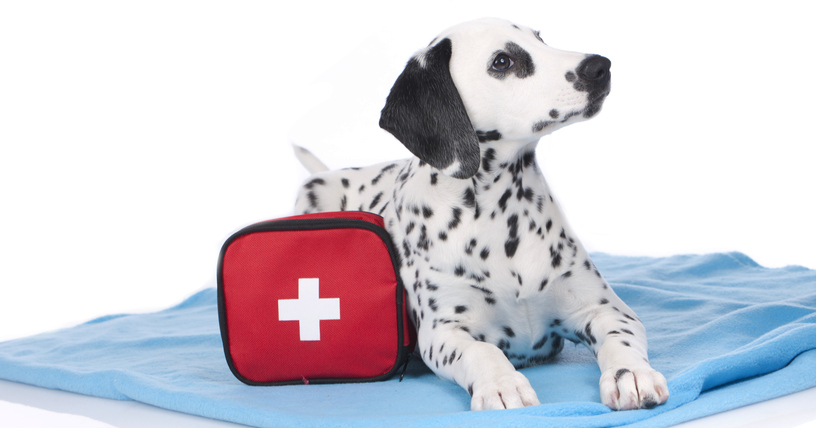
Your post-house fire action plan
If you have been unfortunate enough to suffer a fire at your home, humans and animals alike are likely to feel the effects. Being involved in any kind of crisis will leave you and your pets feeling scared and anxious.
But as well as the emotional impact, there’s also the practicalities to think about. Depending on the severity of the fire, there’s a chance parts (or all) of your home will have suffered damage. This will make living in the property hard for you and your pets.
You may decide to ask a friend or a pet-friendly organisation to take care of your pet in the aftermath of a fire. This only needs to be a temporary measure and hopefully it won’t be too long before you can all live together again.
Make sure your pet feels as settled as possible by giving them a few home comforts to take with them and ensuring the person who is looking after your four-legged friend is able to provide them with a safe environment and lots of cuddles.
How you can help save pets across the UK
Pet fire safety is something we all need to be aware of.
There are charities doing some amazing work in this field. The RSPCA, PDSA and Blue Cross all help sick, injured and homeless pets on the road to recover. But there are also pet charities specifically dedicated to pet fire safety, too.
One of those charities is Smokey Paws – a non-profit organisation that aims to reduce the number of pets that die in house fires from smoke inhalation. With the help of donations from the public, the charity provides specially-designed pet oxygen masks to the UK’s fire services.
Purely Pets: Keeping your four-legged friends safe
Pets play a crucial role in all our lives, so you’ll want to do everything you can to keep them out of harm’s way. A great place to start is by taking out pet insurance to cover you and your pet’s needs.
At Purely Pets, we’re specialists in finding the right cover for your pet. Our dedicated UK-based team is on hand to make finding the right policy easy and transparent.
Add to that a wide range of policies, a 24-hour vet helpline, and an online policy management portal, and you’ve got all the choice, support and flexibility you need to give your pet the cover they deserve.
Protect your pet with Purely Pets. Get a pet insurance quote today.
Helpful Pages
Recent Posts
Pet Insurance Quote
- 98% claims paid *
- Claims paid directly to vets
- 24/7 vet video consultations
- Interest free monthly payments

